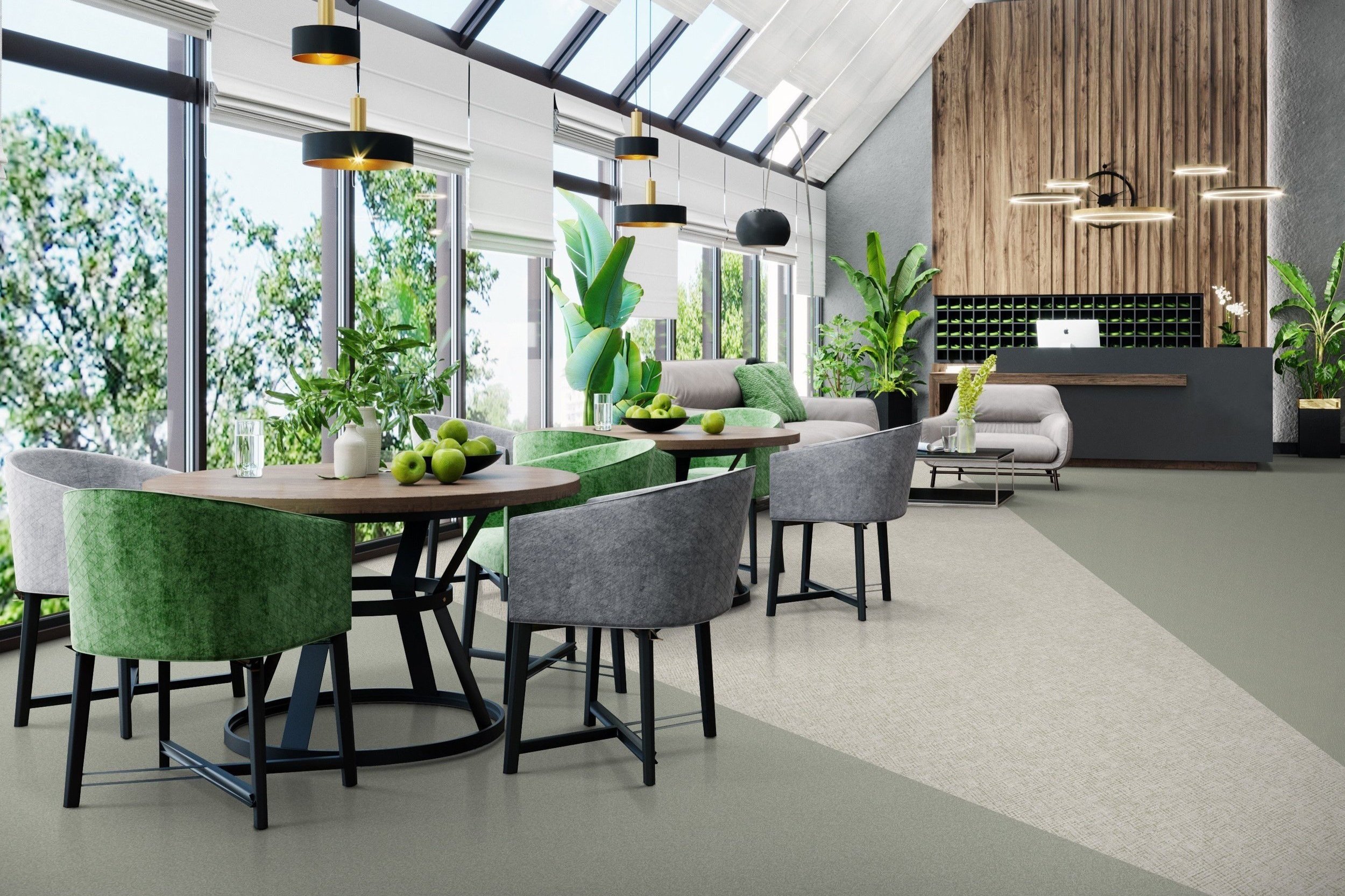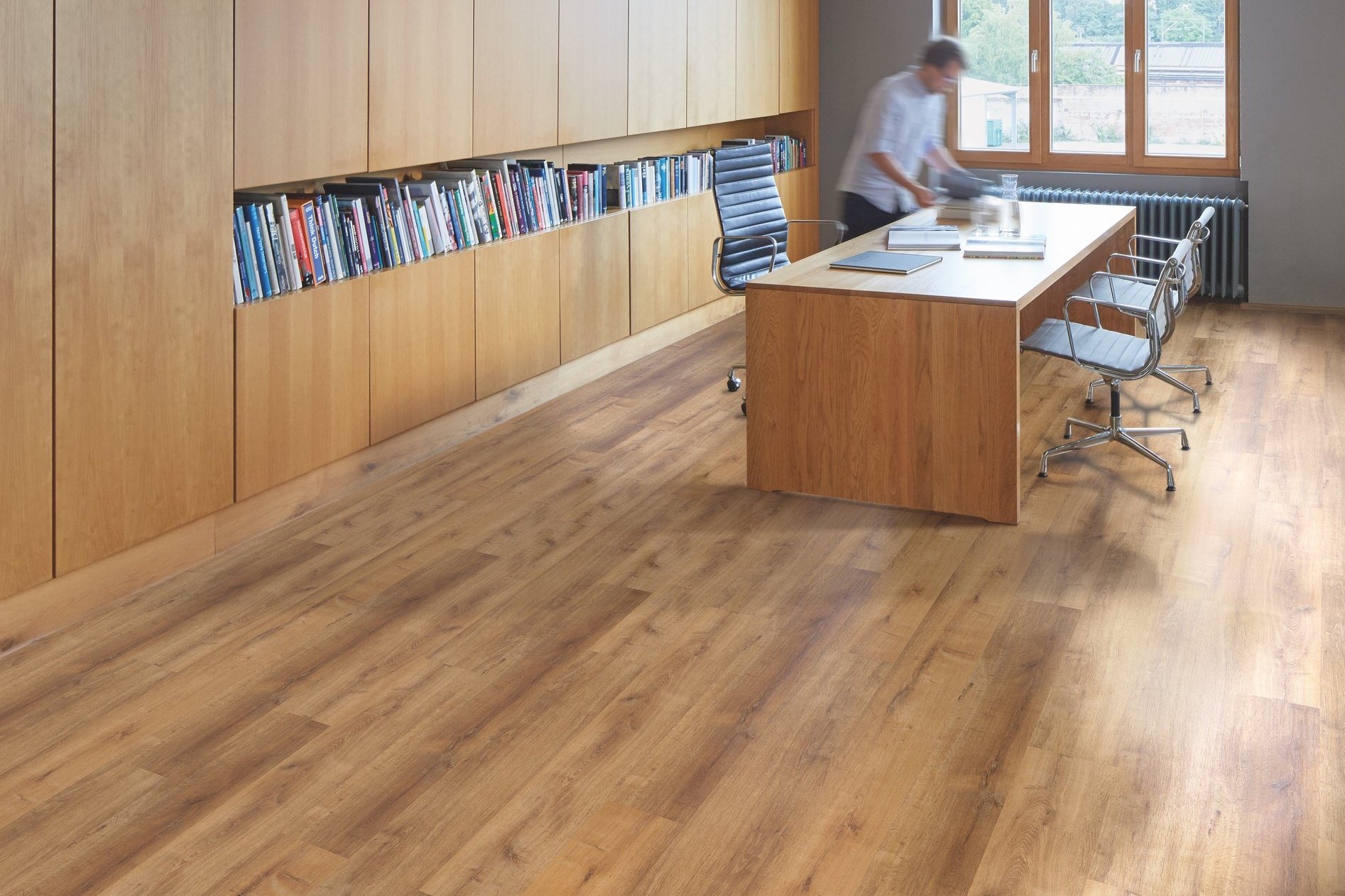Symphony Collection
INSPIRED BY HARMONY
NEW! The Teknoflor Symphony™ HPD Collection brings together an array of abstract visuals, each inspired by its own unique timbre and character, to create a harmonious whole.
Nature’s
Tile
+ Plank
Durable, beautiful, sustainable flooring from Teknoflor
Building a better tomorrow, together
Your favorite styles shipped within five days!










